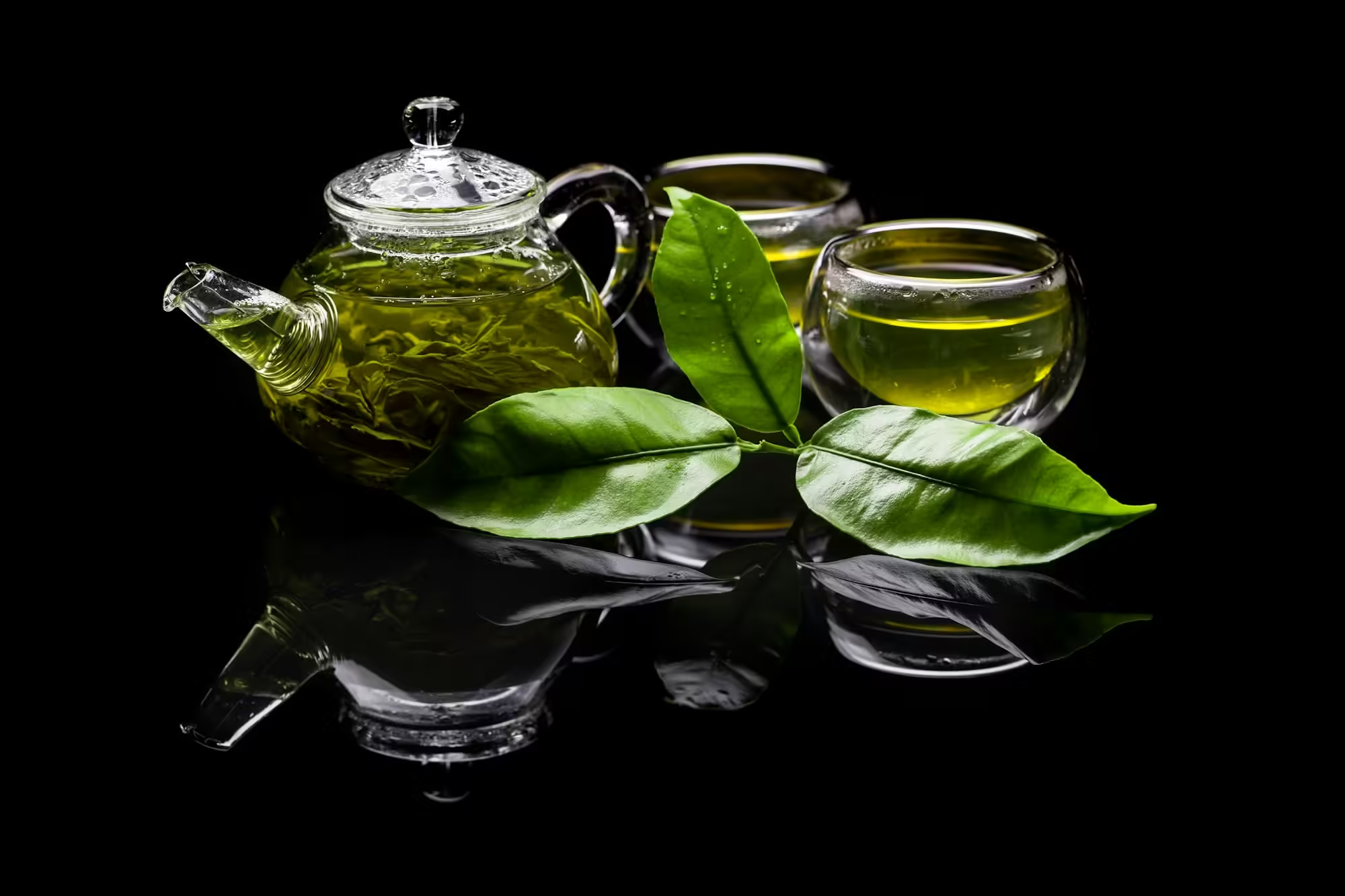
Green Tea: A Complete Guide
Green Tea: A Complete Guide Green tea is more than just a beverage; it’s a cultural phenomenon, a staple of wellness practices, and a delightful journey into the world of […]
 play_arrow
play_arrow
The Ultimate Guide to Tea Brewing Mr. Tea Talk
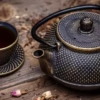 play_arrow
play_arrow
A Comprehensive Review of 3 Must-Have Tea Products on Amazon Mr. Tea Talk
 play_arrow
play_arrow
The Ultimate Guide to the Best Tea Essentials on Amazon: Kettles and Teapots You’ll Love Mr. Tea Talk
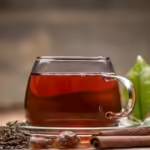 play_arrow
play_arrow
The Best Teapots for Tea Lovers: Silver vs. Borosilicate Glass Mr. Tea Talk
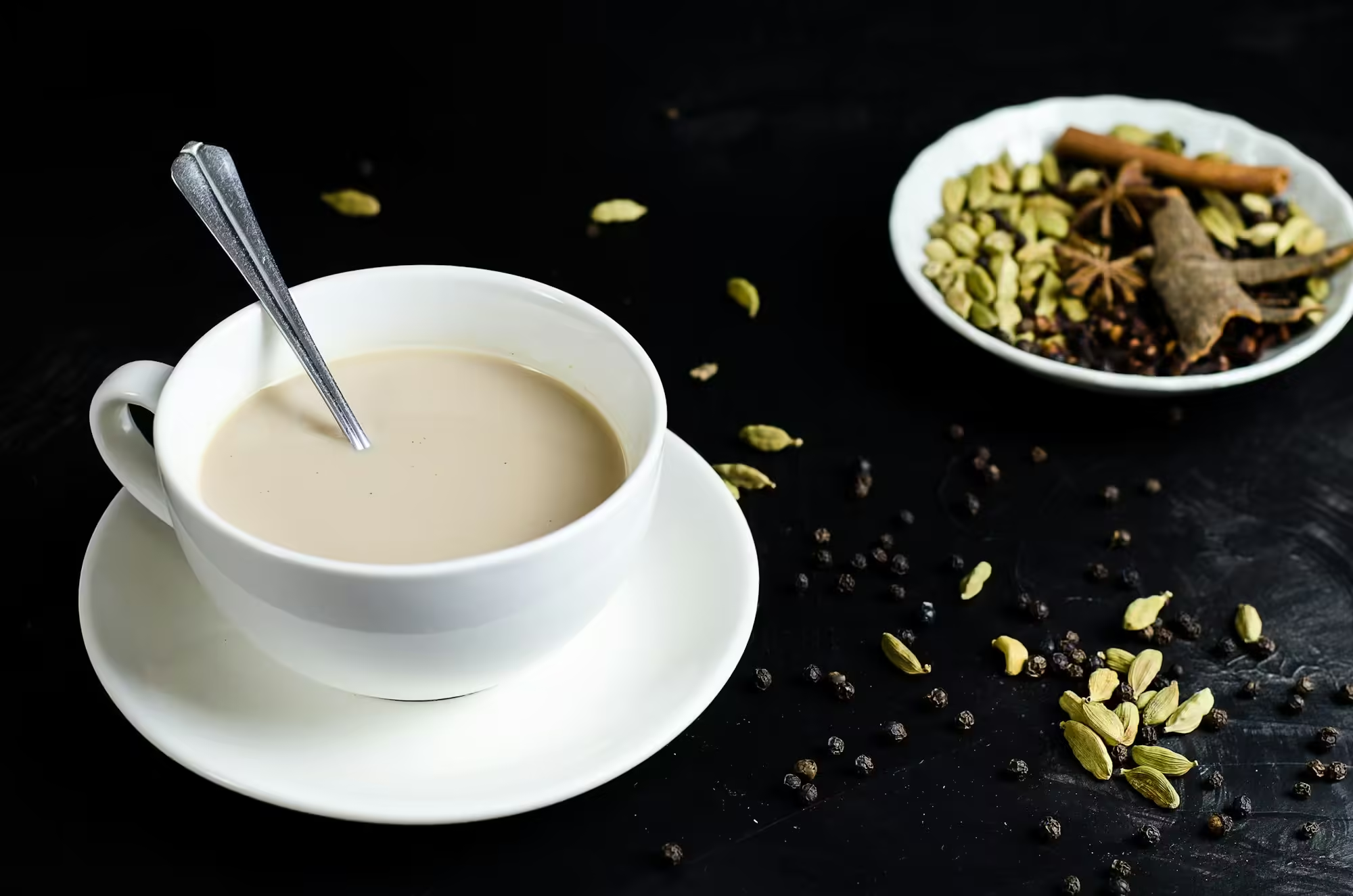
 play_arrow
play_arrow
Chai Tea: A Complete Guide : 6 Facts Mr. Tea Talk
Chai tea, a beloved beverage with roots in South Asia, has captured hearts worldwide with its aromatic spices and comforting warmth. In this detailed guide, we explore the origins, health benefits, brewing techniques, and diverse flavors of chai tea to help you appreciate this cultural gem to the fullest.
“Chai tea is more than just a beverage; it’s a journey through spices and warmth, a cup of comfort that transcends borders.”
Chai, derived from the Hindi word meaning “tea,” refers to a spiced tea beverage originating in India. Traditional chai blends black tea with a mix of aromatic spices, usually including cardamom, cinnamon, ginger, cloves, and black pepper. It’s often brewed with milk and sweetened to taste, creating a creamy, flavorful experience. Chai tea offers a unique sensory experience, combining the robust taste of black tea with the warming, spicy notes of various traditional spices.
Ancient Origins: Chai tea has ancient roots in Ayurvedic tradition, where spices were used for their medicinal properties to promote well-being. Ayurveda, the ancient Indian system of medicine, emphasizes the balance of body, mind, and spirit, and chai tea has been an integral part of this tradition for centuries. The blend of spices in chai tea, known as “masala,” was believed to have health-promoting properties that could aid digestion, boost energy, and improve overall vitality.
Spread Across Continents: Chai’s popularity spread along ancient trade routes, from South Asia to the Middle East, and eventually to the West, evolving into various regional adaptations. This global journey enriched chai tea with new flavors and preparation methods, enhancing its appeal across different cultures. As traders and travelers shared the recipe, chai tea began to incorporate local ingredients and preferences, leading to a diverse array of chai variations.
Cultural Symbolism: In India and neighboring countries, chai is more than a beverage; it’s a symbol of hospitality and social connection, often served to guests and enjoyed during festive occasions. The act of sharing a cup of chai fosters community and companionship, making it a staple in daily life and special events. Chai wallahs, or street vendors, are a common sight in India, brewing and serving chai to locals and tourists alike, creating a communal experience around this beloved drink.
“Chai tea: where the rich tapestry of spices meets the warmth of hospitality in every steaming cup.”
Antioxidant-Rich: The spices in chai tea, such as cinnamon and cloves, are rich in antioxidants that help neutralize free radicals in the body, potentially reducing oxidative stress. These antioxidants play a crucial role in protecting cells from damage and supporting overall health. Black tea, a common base for chai, also contains antioxidants like theaflavins and catechins, which contribute to its health benefits.
Digestive Aid: Ginger and black pepper in chai tea may aid digestion and alleviate gastrointestinal discomfort. Ginger is known for its ability to soothe the stomach, while black pepper enhances digestive fire and helps in nutrient absorption. These spices stimulate digestive enzymes, making chai tea a great choice for those experiencing indigestion or bloating.
Anti-Inflammatory Properties: Certain spices in chai, like ginger and cloves, are known for their anti-inflammatory properties, potentially supporting joint health. These spices can help reduce inflammation in the body, providing relief from conditions like arthritis. Regular consumption of chai tea may contribute to lower levels of inflammation, promoting overall health and well-being.
Heart Health: Some studies suggest that black tea, a common base for chai, may promote heart health by improving cholesterol levels and supporting cardiovascular function. Regular consumption of black tea has been linked to lower risk of heart disease. The polyphenols in black tea help improve blood vessel function and reduce the risk of atherosclerosis, a condition characterized by the hardening of the arteries.
Blood Sugar Regulation: Cinnamon, a key spice in chai tea, has been shown to help regulate blood sugar levels. This can be particularly beneficial for people with diabetes or those at risk of developing the condition. By improving insulin sensitivity, cinnamon helps maintain stable blood sugar levels, reducing the risk of spikes and crashes.
Chai tea comes in various forms, each offering a unique flavor profile:
Masala Chai: The classic blend of black tea, spices, milk, and sugar, offering a balance of sweetness and spice. Masala chai is the most popular and widely recognized version of chai tea, known for its robust and warming flavor. It is typically brewed with full-fat milk and sweetened generously, creating a rich and indulgent beverage.
Green Chai: A lighter version made with green tea instead of black tea, retaining the spiced flavor with a milder taste. Green chai provides a refreshing alternative while still delivering the aromatic spice experience. The green tea base adds a subtle, grassy note that complements the spices without overpowering them.
Decaffeinated Chai: Suitable for those sensitive to caffeine, using decaffeinated black or green tea as a base. This allows for the enjoyment of chai without the stimulating effects of caffeine, making it perfect for evening consumption. Decaffeinated chai retains the full flavor and health benefits of traditional chai, making it an excellent choice for those looking to reduce their caffeine intake.
Herbal Chai: Made with a variety of herbs and spices without any tea leaves, providing a caffeine-free option. Herbal chai blends might include ingredients like rooibos, chamomile, or lemongrass, offering a unique and soothing twist on traditional chai. These blends are perfect for those looking for a calming, caffeine-free beverage that still delivers the warm, spicy flavors of chai.
To brew a perfect cup of chai tea, follow these steps:
Simmering Method:
Steeping Method:
Iced chai offers a delightful way to enjoy the rich, spicy flavors of chai tea in a cool, refreshing format. Perfect for hot summer days, iced chai combines the aromatic spices of traditional chai with a chilled, invigorating twist. Here’s a detailed guide on how to make the perfect iced chai.
1. Brew a Strong Chai Concentrate:
2. Pour Over Ice:
3. Add Cold Milk:
4. Sweeten to Taste:
5. Garnish (Optional):
Adjusting Spice Levels:
Milk Alternatives:
Sweetener Choices:
Iced chai is not only refreshing but also versatile. It’s perfect as a mid-afternoon pick-me-up, a cooling beverage on a hot day, or even as a unique treat for guests. The balance of bold spices, smooth tea, and creamy milk creates a harmonious blend that is both invigorating and soothing.
Next time you’re looking for a refreshing drink with a twist, give iced chai a try. Whether you stick to the classic spices or experiment with new flavors, iced chai offers a delightful way to enjoy the essence of traditional chai in a cool, refreshing format.
Chai tea’s allure lies not only in its exotic blend of spices and soothing warmth but also in its rich cultural heritage and potential health benefits. Whether enjoyed as a morning ritual or shared with friends, chai transcends mere beverage status to become a sensory experience that nourishes both body and soul. Its versatility and depth of flavor make it a favorite among tea lovers worldwide.
Next time you savor a steaming cup of chai tea, take a moment to appreciate the centuries-old traditions and the complex harmony of spices that make this drink a timeless favorite worldwide. Embrace chai tea as more than just a drink—let it be a celebration of culture, flavor, and well-being. From its ancient Ayurvedic roots to its modern-day global appeal, chai tea continues to captivate and delight.
For those interested in exploring more about the diverse world of teas, from traditional black and green teas to herbal and specialty blends, delve into the various tea categories to discover new flavors, benefits, and brewing techniques. Chai tea is just one chapter in the fascinating story of tea, inviting you to expand your palate and deepen your appreciation for this ancient and beloved beverage.
If you are interested about to know more about Tea Categories please refer Tea Categories under Article page.
Tagged as: Chai Tea.

Green Tea: A Complete Guide Green tea is more than just a beverage; it’s a cultural phenomenon, a staple of wellness practices, and a delightful journey into the world of […]
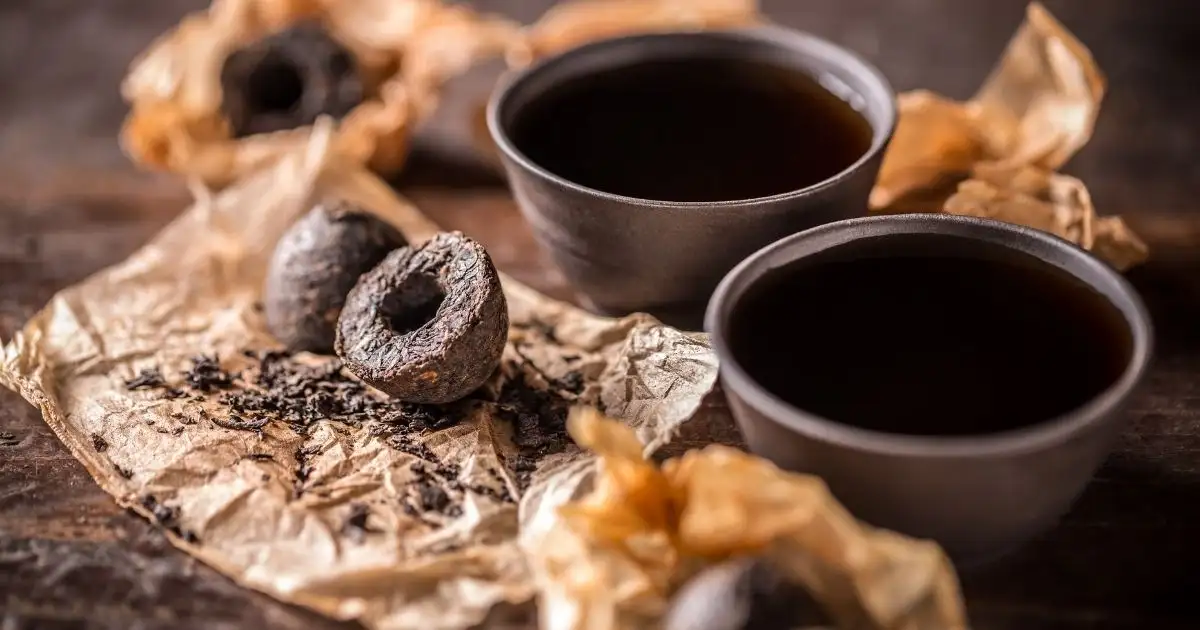
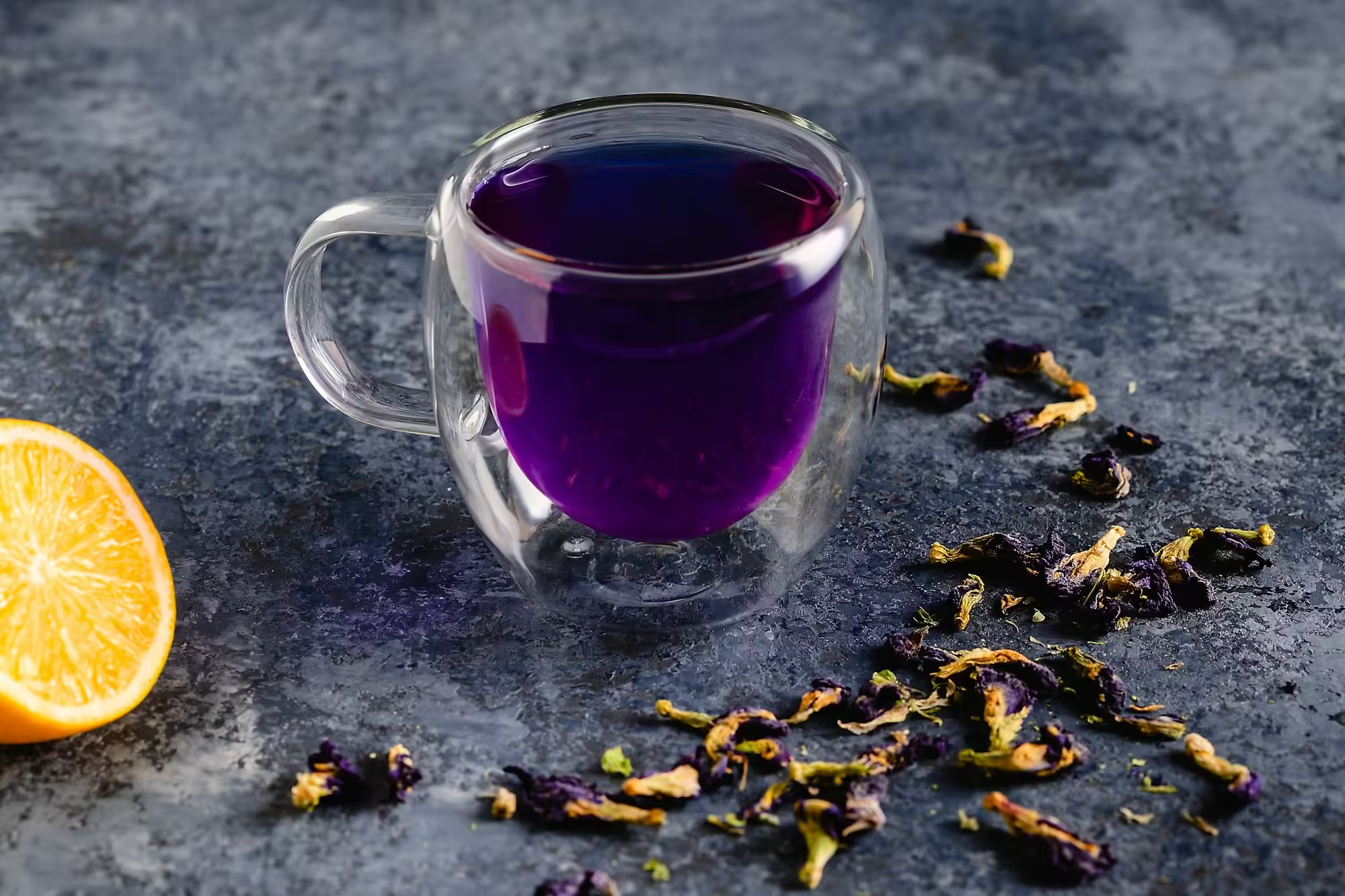
Copyright | Ceylon Wild Tea - All Rights Reserved | 2025
Post comments
This post currently has no comments.